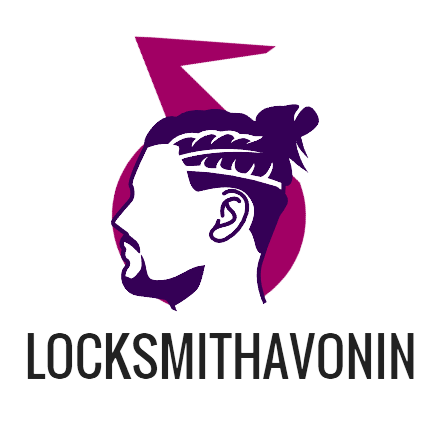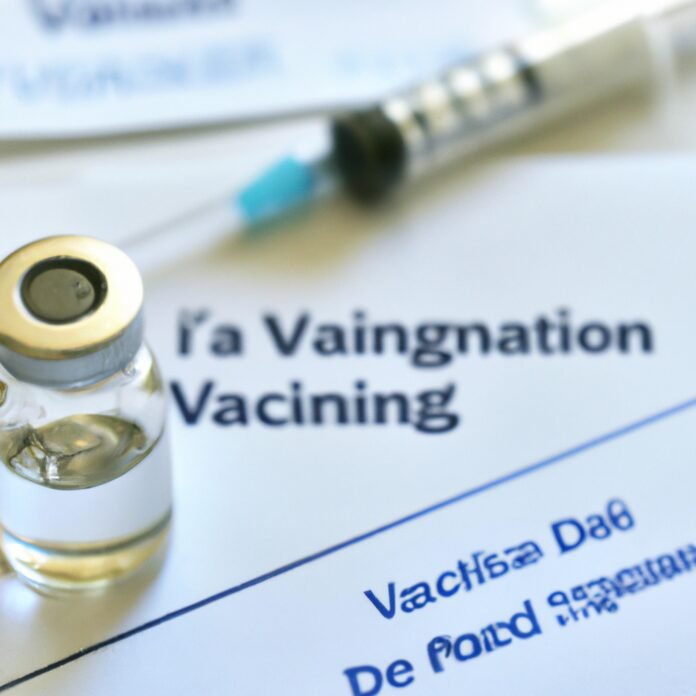Recent years have seen a surge in the speed and scale of vaccine development, with public and private sectors working at an unprecedented rate. It is a remarkable feat, and the technology and processes behind it are beyond impressive. In this article, we will take a closer look at the science behind vaccine development, from research to approval. Let’s dive into what drives this complicated and multifaceted process!
1. Unlocking the Vaccine Puzzle: Understanding the Development Process
As the world braces to come together in an effort to immunize against severe viral disease, it is important to understand what goes into the development of a vaccine. From discovery and testing to manufacturing and approvals, a number of steps need to be taken to bring a vaccine to fruition.
The journey starts by identifying potential vaccine targets. Researchers review clinical trials and evaluate potential biological pathways for the development of a vaccine. A thorough list of potential target molecules is key to launching a successful research project and creating an effective vaccine.
Once a target molecule is identified, it is time to move to the laboratory. Here, researchers are able to determine if the target molecule will be capable of triggering an immune response. The success of a vaccine is judged on the ability to protect against a specific disease, and the target molecule plays a considerable role in this.
The Final Steps
- Manufacturing: The organization leading the vaccine’s development must have the resources to manufacture the prototype. This can include in-house production setups, collaborative efforts, or external manufacturing plants.
- Testing: Tests are then conducted to measure the safety and efficacy of the vaccine. These tests are conducted with volunteers, and the results go back to governing bodies for approval.
- The Vaccine in Use: Once the vaccine passes safety and efficacy tests, the vaccine can be released for public use. This decision is frequently made by a government or other governing body.
The development of a vaccine requires a multi-disciplinary approach, and the process involves detailed research and thoughtful implementation. The success of a vaccine relies on the components that go into the development of the vaccine, and the work done by researchers, governments, and manufacturers is crucial.
2. Computing the Risks: Researching and Testing Vaccines
Health research is an essential part of the development of vaccinations. In order to protect people, governments must research and evaluate the safety, effectiveness, and risks associated with any vaccine. Scientists must look for potential hidden risks and any unseen side effects that could arise in certain populations.
Research into vaccinations is a process which includes extensive testing and evaluation in order to guarantee its safety. Before a vaccine is distributed to the public, clinical trials and human testing must be done. The process evaluates the effectiveness and safety of a vaccine, as well as any potential side effects. Vaccines can be tested on animals and even volunteer humans before they are used in the general population.
The research process is rigorous and extensive. However, the importance of fully understanding all the risks involved cannot be understated. Vaccines can have potential side effects, and discovering these before they are released to the public is crucial.
- Research – Vaccine risks are researched and studied before they are released to the public.
- Testing – Vaccines are thoroughly tested on animals and humans to determine their safety and effectiveness.
- Risks – The potential risks and side effects of a vaccine must be studied before they are used in the general population.
3. Securing Approval: Overcoming Regulatory Hurdles
Running a business can be a hard-earned journey, and securing approval for regulatory operations can make it even trickier. In many cases, the process is riddled with factors that you must anticipate and navigate. But, if you’re methodical and strategic, you can overcome these hurdles with ease! Here are 3 key points to consider when trying to secure approval:
- Understand the rules and regulations: Identify the primary regulations that your business needs to adhere to, e.g. pertaining to licenses, permits, filings, etc. Doing so will help you better comprehend the complexity of the situation and how any missteps can potentially impact your business.
- Be proactive in addressing potential problems: Anticipate any areas in which a government agency or governing body could take issue, and ensure the necessary compliance practices have been taken. This includes making sure that the proposed strategy is in line with the rules and legal considerations, etc.
- Utilize the right experts: Do not hesitate to bring in outside legal counsel to assist with understanding the regulations applicable to the business. Such insights can enable businesses to better navigate regulatory requirements and submit a more compelling case.
By taking the time to understand the rules, anticipate potential problems, and utilize the right experts, businesses will not only have their best chance for success when it comes to securing regulatory approval, but also be well on their way to realizing their full potential.
4. No Time to Lose: Accelerating the Timeline
At times, during the job-search process, it can feel like you are aiming for a finish line that keeps moving further away. There are endless applications to fill, research to be done, and introductions to be made. It is important though, to stay focused, motivated, and driven, and accelerate that timeline. Here are a few ideas to keep you on track.
- Set Goals: Set job search goals for yourself each week – this can include tasks like updating your resume, reaching out to potential recruiters, and so on. Having a written plan keeps you motivated and makes your progress easier to track.
- Establish Your Contacts: Vision without action is merely a dream. Make sure to tap into your contacts for networking – networking virtually or through conferences/workshops.
- Don’t Let Rejections Discourage You: Every rejection is a learning opportunity, so try to take one step closer to success each time. View any negative feedback as an opportunity to identify areas of improvement and make yourself more employable.
There are many more actions you can take to speed up your job search process, from specializing in a niche area to becoming a leader in the community. Whatever you decide to do, make sure you practice actively and stay organized throughout the journey.
Put your best foot forward, brush up on your technical skills, update your portfolio, and keep your expectations realistic and achievable.
5. Vaccine Research and Development: An Evolving Field
Vaccine research and development is one of today’s most dynamic scientific fields, with advances made every year. Developments are driven by the urgent need to protect against new and evolving pathogens and to improve health outcomes. Here are five key considerations in vaccine research and development:
- understanding pathogen biology – By knowing the life-cycle of a pathogen, vaccine designers can understand how to best target it. This involves analyzing the genetics, physiology, and biochemistry of the microorganism, and developing strategies for mitigating infection and reducing disease severity.
- preclinical testing – After an experimental vaccine has been designed, it must be tested in laboratory animals to evaluate its safety and efficacy. Several processes such as dose selection and optimization, route of administration, and formulation must also be tested to determine the optimal way to deliver the vaccine.
- clinical trials – After preclinical testing successfully demonstrates the safety and efficacy of a vaccine, it must be tested on human volunteers in clinical trials before approval. Clinical trials are conducted to evaluate the safety and effectiveness of the vaccine in humans, and to optimize the effectiveness of different delivery strategies.
- manufacturing – Vaccines are complex biological products that require precise manufacturing and quality control. Steps such as purification and particle size optimization, and stability and potency testing, are all necessary to ensure the safety and efficacy of the vaccine.
- regulatory approval – After extensive clinical trials, a vaccine must be approved by a national regulatory body. Vaccines must be evaluated with regard to safety, quality, and efficacy, and a carefully designed risk-assessment must take place.
These five considerations are essential elements of successful vaccine research and development and form a framework for developing effective and safe vaccines for use in protecting public health.
The vaccine development process is a complex one, but as we’ve seen, the end goal is much bigger than the individual steps. Vaccines are one of the best ways to keep us and our families safe and healthy, and it’s amazing to witness the incredible work of scientists and researchers who make it all possible.


